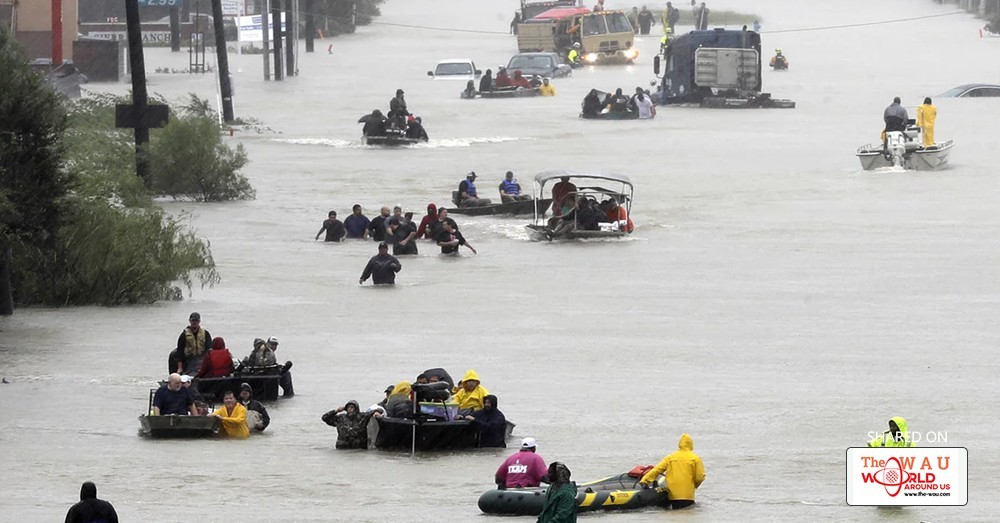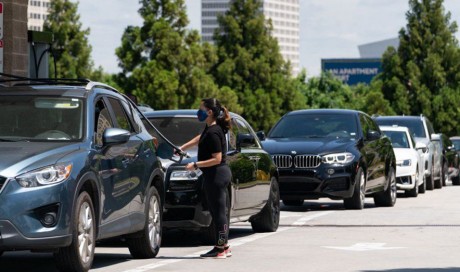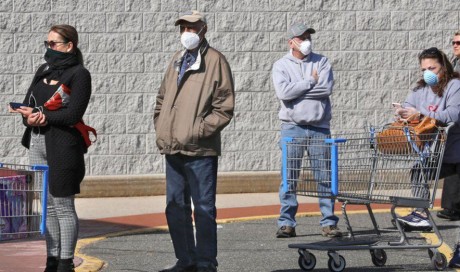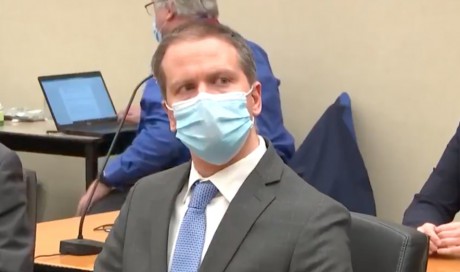Record rainfall
Some parts of Texas may experience 50 inches (127cm) of rain or about a year’s worth of rainfall in just over a week.
The storm made landfall again on Wednesday, with Louisiana this time forecast to bear the brunt of its massive downpours. Flash flood warnings are in place across the entire state, as its neighbour Texas still reels from the devastating rains of the last five days.
Flooding rivers
The US National Weather Service tracks the heights of rivers and designates the point at which they are considered to be flooding. Measurements for Texas on Wednesday morning showed levels in some areas around Houston to be 25ft above “flood” level, and flooding was starting to affect neighbouring areas of Louisiana. But 150 miles (240km) to the west in Austin, river levels have barely been affected.
Late on Tuesday, separate reports said that two dams to the west of the city and one levee (a dyke to hold back flood water) to the south, had been overwhelmed by flood water. The Addicks and Barker reservoirs were set to release flood water into the Buffalo Bayou, a river running through the centre of the city.
What’s next for Harvey?
The former hurricane turned tropical storm is regaining strength and continues to batter south-eastern Texas, with life-threatening floods surging through Houston before moving toward Louisiana.
The Houston area
More than 2.3 million people live in Houston, the nation’s fourth-largest city. Tens of thousands of homes in and around Houston are semi-submerged and thousands of people have sought emergency shelter from the wind and rain. Officials estimate that 30,000 residents are likely to need shelter.
The city has roughly quadrupled in size since 1950. Despite this rapid population growth, in recent decades fuelled substantially by internal migration by black and Latino Americans, Houston remains starkly segregated.
What does it mean for the oil industry?
Even before the storm hit, oil companies had started reducing output at refineries in its path. In the aftermath, two large facilities, one owned by Shell at Deer Park and the other by ExxonMobil at Baytown, ceased production and others were reportedly hit, at least for a time.
A return to normality will take time, since port facilities and pipelines have also been damaged. The disruption led to a 5% rise in the value of gasoline futures on Monday, which was expected to translate into higher costs at pumps very shortly.
Share This Post














